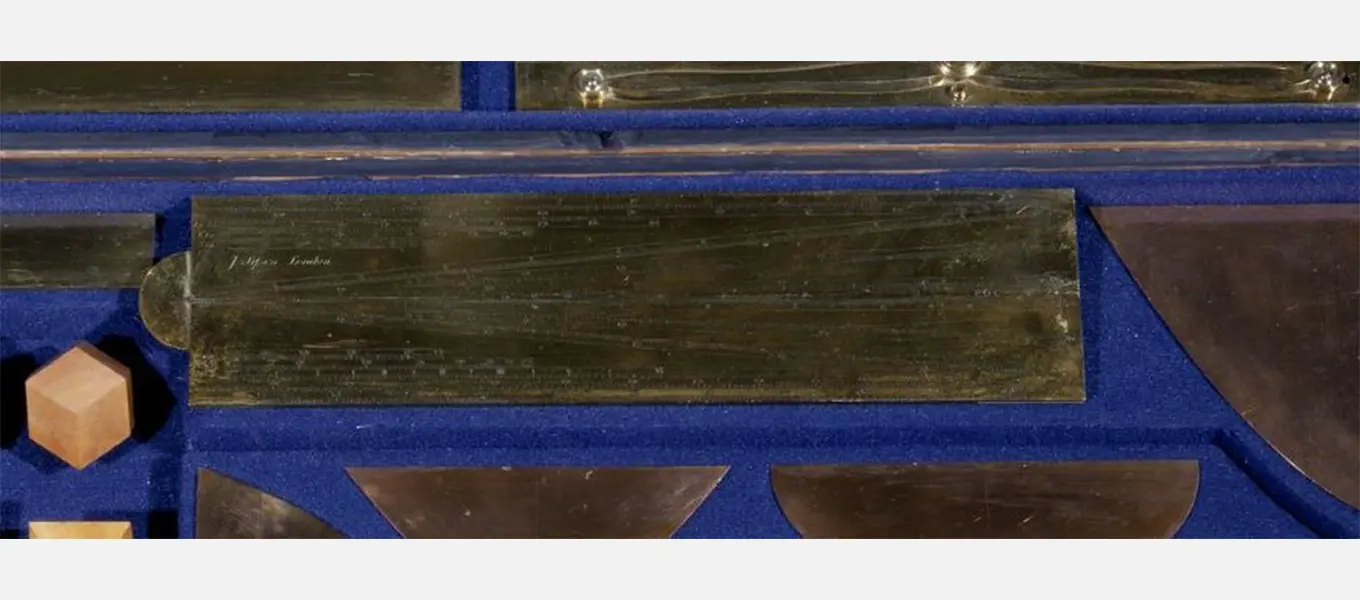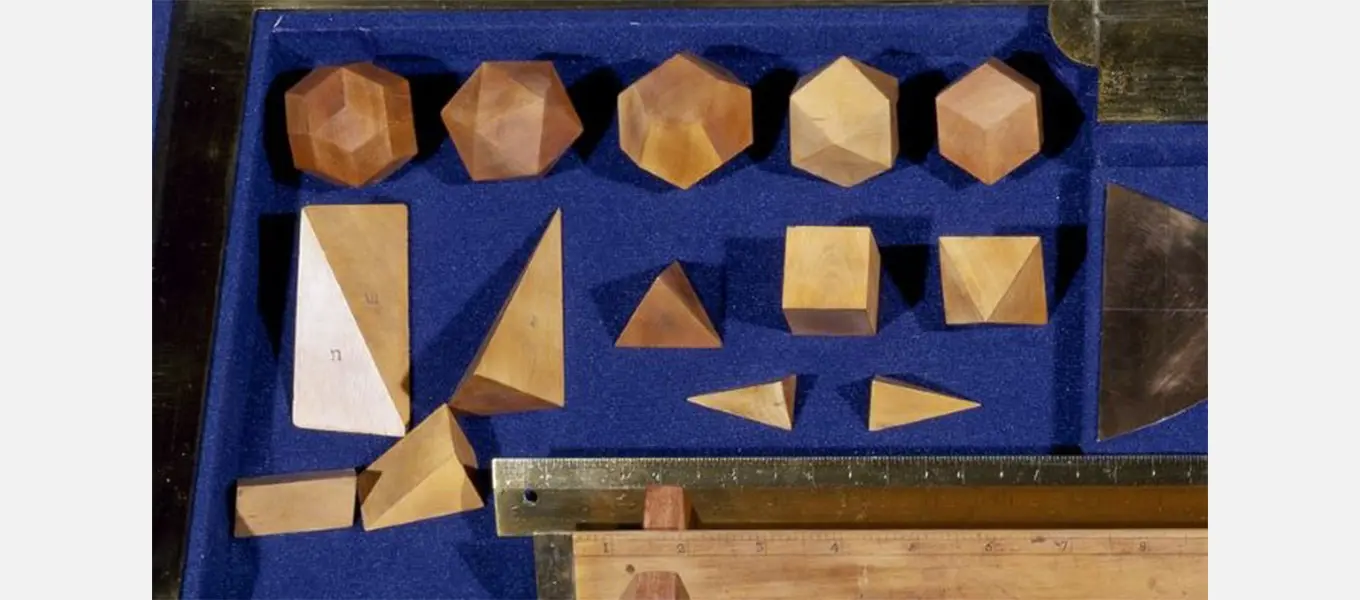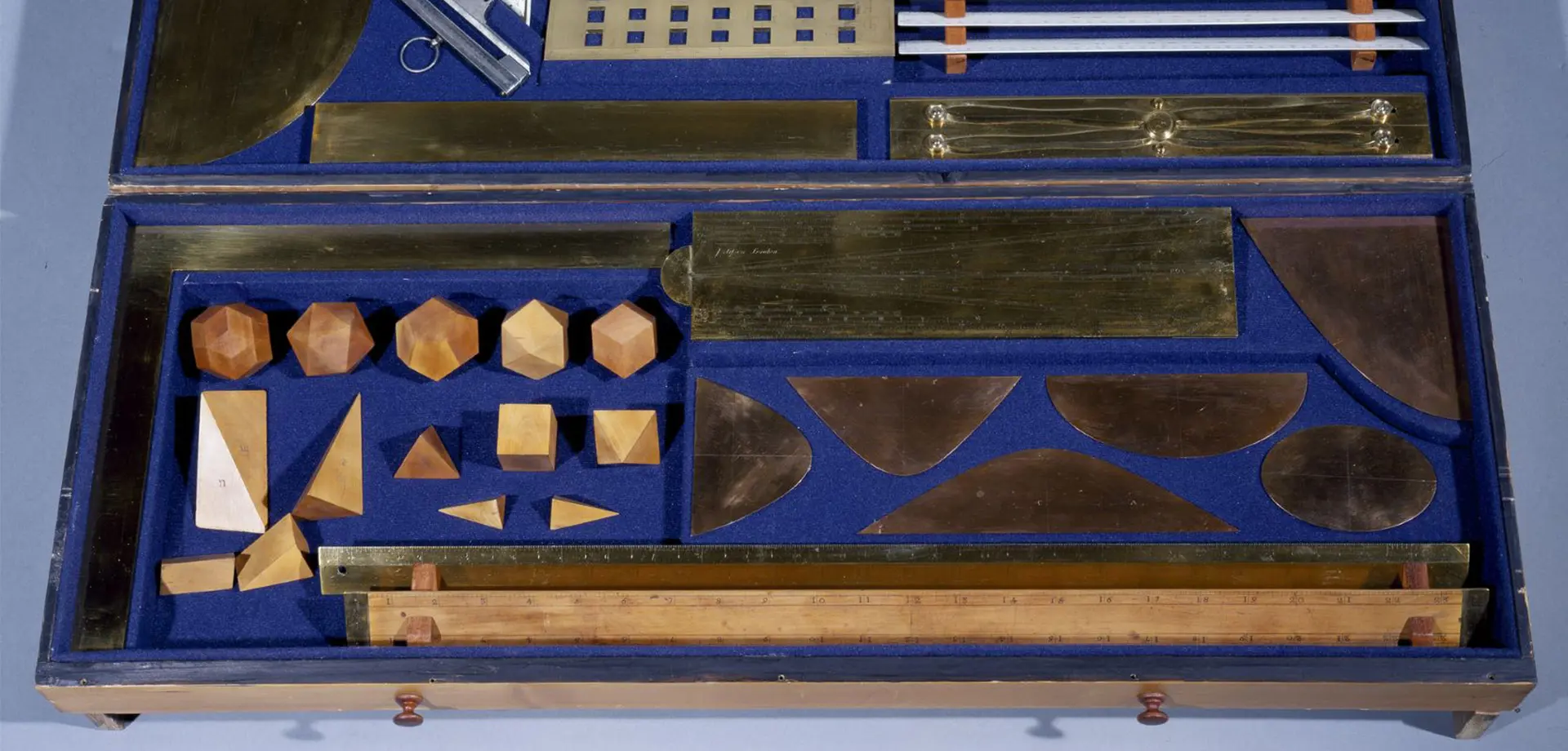This summer, I’ve been on a research placement in the Collections team at Chatsworth, working on creating digital exhibitions for the house’s forthcoming Google Arts and Culture launch. The project has been an exciting opportunity to delve into the extensive archival materials held at Chatsworth, and tell just a few stories from the long history of the house and Cavendish family. As a PhD student working primarily in the history of science, one particular Cavendish stood out as a figure whose story I wanted to explore.
- Rosie Crocker
Henry Cavendish (1731-1810) was described by Humphry Davy as the greatest English scientist since Newton. The grandson of the 2nd Duke of Devonshire, Henry is also renowned for a number of scientific discoveries, including the composition of water, the properties of hydrogen, and his early attempts to determine the weight of the Earth.
His extensive scientific library, which showcases his broad interests across natural philosophy, astronomy, mathematics, and more, was gifted to the 6th Duke of Devonshire and later moved to Chatsworth, where it now resides.
Alongside this collection, a number of his scientific instruments found their way to the house, many of which can be used to create a detailed picture of the man who owned them. When looking through this material in the archives, I came across a picture of Henry Cavendish’s desk, complete with a range of his scientific instruments still in place, and arranged as he would have used them.

The desk offers an exciting and evocative way to consider the relationships between his tools, discoveries, and his emergent scientific networks. By looking at the instruments themselves, how they can be used, and where and by whom they were made, it is possible to learn more about this experimental scientist.

This hinged sector, for example, is inscribed 'J. Sisson London', possibly after its maker, Jonathan Sisson. Sisson was a famous mathematical instrument maker, whose name adorns several of the other pieces in Henry’s desk, including a scale plate and the large globe map projector. Sisson was renowned for the exactness of his scales, and Henry’s patronage of this accomplished instrument maker evidences his ambition as a professional scientist.

Other items in the desk highlight the connections between Henry and a wider circle of aristocratic men of science. This ivory set square, as well as the ivory rulers on the right-hand side of the case, were produced by William Fraser, who also made mathematical instruments for King George III. Henry was an early member, and later manager, of the Royal Institution, which had been founded in 1799 to promote and further study of the sciences. His central role in this scientific community can therefore be seen both in his membership of such organisations, but also in his shared patronage of the instrument-makers who worked for other royal and aristocratic scientists.

There are also Platonic solids in the desk, three-dimensional shapes which can be used in classical geometry. Some of the irregular shapes may also have been used in Cavendish's geological studies, including his tours of the north and west of England between 1785 and 1787, accompanied by his assistant, Charles Blagden. These multi-use objects, which could be used to replicate the structures of certain minerals, evidence the diversity of Henry’s interests, and the ways in which the items in the desk can be used to find out more about his scientific methods.

It is easy to imagine the tools being taken out, used, and replaced as he worked. These objects can be used to build a fascinating picture of Henry’s life, career, scientific processes, and connections with other scientists and instrument makers. By examining these objects in detail, it is possible to learn a huge amount about this pioneering man of science, and, given the extent of his collection, there is inevitably much more about him which remains to be uncovered.






